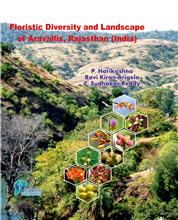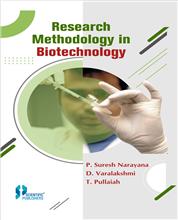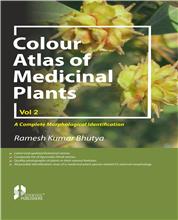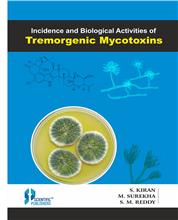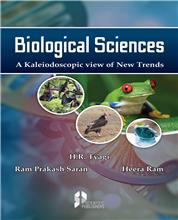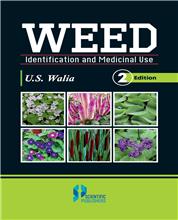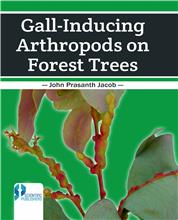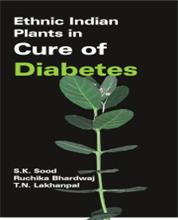Botanical Pesticides For Pest Management


- ISBN
- E-ISBN
- Book Format
- Binding
- Language
- Edition
- Imprint
- ©Year
- Pages
- Size (Inch)
- Weight
- Book Type
| Select | Format | INR(₹) |
|---|---|---|
| Individual E Book | Coming Soon.. | |
| Institutional E Book | 11,800.00 |

